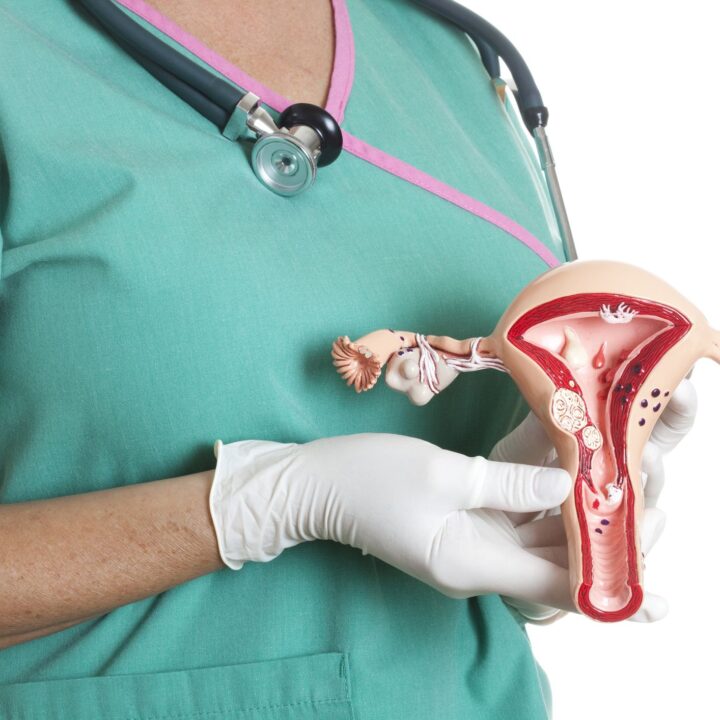Endometrial Hyperplasia
Understanding Endometrial Hyperplasia
Causes, Symptoms, and Treatment Options
The lining of the uterus changes throughout the menstrual cycle in response to the hormones (oestrogen and progesterone) that is produced by the ovaries. Oestrogen is made before the egg ovulates, and progesterone is made after the egg ruptures. These hormonal fluctuations can sometimes lead to conditions like endometrial hyperplasia, where the uterine lining becomes abnormally thick. Take an appointment with Dr. Kaishreen , if you think you have any of the above symptoms.
An ectopic pregnancy occurs when a fertilized egg implants and begins to grow outside the main cavity of the uterus, most commonly in one of the fallopian tubes, which carry eggs from the ovaries to the uterus. This condition is a medical emergency that requires immediate attention because the growing embryo cannot survive outside the uterus, and it may cause life-threatening bleeding if left untreated. Ectopic pregnancies are rare, occurring in about 1-2% of pregnancies, but they represent a significant cause of maternal morbidity and mortality.
The early symptoms of an ectopic pregnancy are often similar to those of a normal pregnancy, such as missed periods, breast tenderness, and nausea. However, as the pregnancy progresses, more specific signs may develop, including sharp or stabbing pain in the abdomen or pelvis, light to heavy vaginal bleeding, dizziness, and fainting. These symptoms usually begin between the 4th and 12th weeks of pregnancy, often before a woman realizes she is pregnant. If an ectopic pregnancy is suspected, it is crucial to seek medical attention immediately. Diagnosis typically involves a combination of pelvic exams, ultrasound imaging, and blood tests to measure levels of the pregnancy hormone hCG. During this time, it’s also important to rule out conditions like endometrial hyperplasia, which can also present with abnormal bleeding.

Treatment for an ectopic pregnancy depends on how early the condition is diagnosed and the woman’s overall health. If detected early, medication such as methotrexate may be used to stop the growth of the embryo and allow the body to absorb the pregnancy tissue. In cases where the fallopian tube has ruptured or if the pregnancy is further along, surgical intervention is often necessary. The most common surgery is laparoscopic surgery, a minimally invasive procedure where small incisions are made in the abdomen to remove the ectopic tissue and, if necessary, repair or remove the affected fallopian tube.
Following treatment, physical recovery is usually swift, but emotional recovery may take longer. The experience of an ectopic pregnancy can be traumatic, and many women may feel a profound sense of loss and grief. Counseling and support groups can be beneficial for those struggling with the emotional aftermath. It’s also important to discuss future pregnancy plans with a healthcare provider, as having an ectopic pregnancy can increase the risk of another one in future pregnancies, though many women do go on to have successful pregnancies later.
Preventing ectopic pregnancies is challenging because many of the risk factors, such as previous ectopic pregnancies, pelvic inflammatory disease, or certain fertility treatments, cannot be easily modified. However, reducing the risk of sexually transmitted infections through safe sex practices and quitting smoking can lower the chances of developing this condition. Regular check-ups and early prenatal care are essential for identifying potential problems early in pregnancy, which can help in managing the condition more effectively.
Understanding ectopic pregnancy and its implications is vital for women of reproductive age, especially those with known risk factors. Awareness and education can lead to earlier detection and treatment, significantly reducing the risk of complications. Healthcare providers play a crucial role in offering timely information, diagnosis, and support to those affected by ectopic pregnancies, helping to ensure their well-being and future reproductive health.
